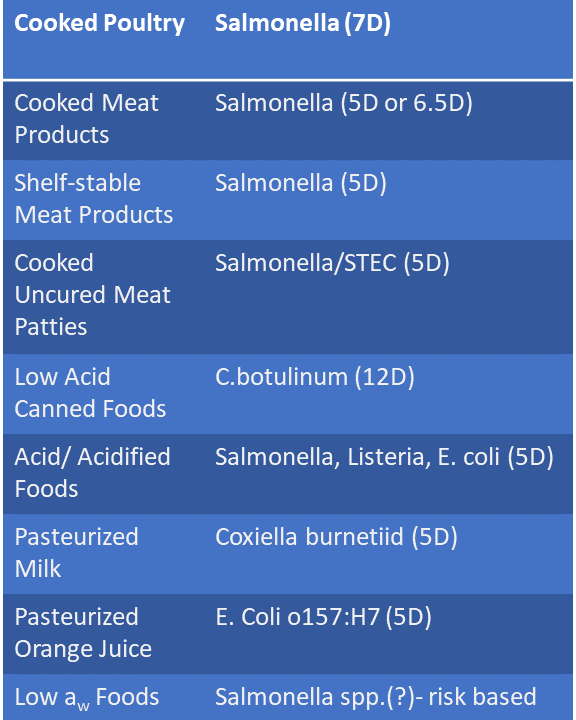A recent outbreak of listeriosis has been linked to Soft Serve On The Go ice cream cups, resulting in 2 illnesses. An investigation by the Pennsylvania Department of Agriculture detected the presence of Listeria monocytogenes in an unopened sample of ice cream taken from a patient’s home. The product isolate was matched to the clinical L. monocytogenes outbreak strain by whole genome sequencing. Five positive samples of finished product obtained from the production facility by the New York State Department of Agriculture and Markets also matched the outbreak strain.
A recall of products distributed nationally is currently ongoing. However, this is not the first outbreak or recall associated with ice cream and many others have occurred as shown in the tables below.
| Year | Location | Pathogen | Illnesses | Deaths | Producer |
|---|---|---|---|---|---|
| 2022 | Multistate | L. monocytogenes | 28 | 1 | Big Olaf Creamery |
| 2014 | Washington | L. monocytogenes | 2 | 2 | Snoqualmie Ice Cream |
| 2010-2015 | Multistate | L. monocytogenes | 10 | 3 | Blue Bell |
| 2005 | Multistate | Salmonella | 26 | 0 | Cold Stone Creamery |
| 1994 | Multistate | Salmonella | Estimated 224,000 | 0 | Schwan’s |
| Date | Pathogen | Pathogen Source | Producer |
|---|---|---|---|
| 07/13/2022 | L. monocytogenes | Environment | Big Olaf Creamery, LLC |
| 06/06/2022 | Salmonella | Peanut Butter | Taharka Brothers Ice Cream |
| 02/12/2022 | L. monocytogenes | Environment | The Royal Ice Cream Company, Inc. |
| 04/27/2021 | L. monocytogenes | Not Mentioned | Velvet Ice Cream |
| 05/14/2020 | L. monocytogenes | Not Mentioned | Ramar Foods |
| 03/17/2020 | L. monocytogenes | Environment | Working Cow Homemade Ice Cream |
Contamination of ice cream products generally occurs after pasteurization, resulting from sources that include the addition of contaminated inclusions (e.g. fruits, nuts, candy, or bakery pieces) to the finished product, contamination from the production environment, and inadequate sanitation of equipment such as filling heads. Freezing ice cream can prevent pathogen outgrowth, but it will not eliminate pathogen presence. Low levels of pathogens causing illness were identified in the 1994 Schwan’s outbreak (Salmonella 0.004-0.46 MPN/g) and 2015 Blue Bell outbreak (L. monocytogenes 3.9-7.1 MPN/g).
Supplier verification programs are critical to evaluate inclusions and reduce the risk associated with them. Inclusions and flavors must be ready-to-eat and any required Process Preventive Controls must have been applied at the supplier, unless the ice cream manufacturer assumes this responsibility.
Sanitation controls are critical to prevent post pasteurization pathogen contamination of finished ready to-eat ice cream products. This is especially true for L. monocytogenes. Cross contamination with L. monocytogenes from the environment is identified in Blue Bell’s 2015 outbreak and numerous recalls. Ice cream processes can be hard to clean, leaving behind nutrients for microbial growth. Listeria can grow,
form biofilms, and persist in harborage sites such as drains leading to cross contamination. Biofilm formation is a constant problem in ice cream producing facilities and requires proper cleaning and sanitizing procedures for their removal and prevention. The effectiveness of sanitation programs are verified by the results attained from a well-designed environmental monitoring program







